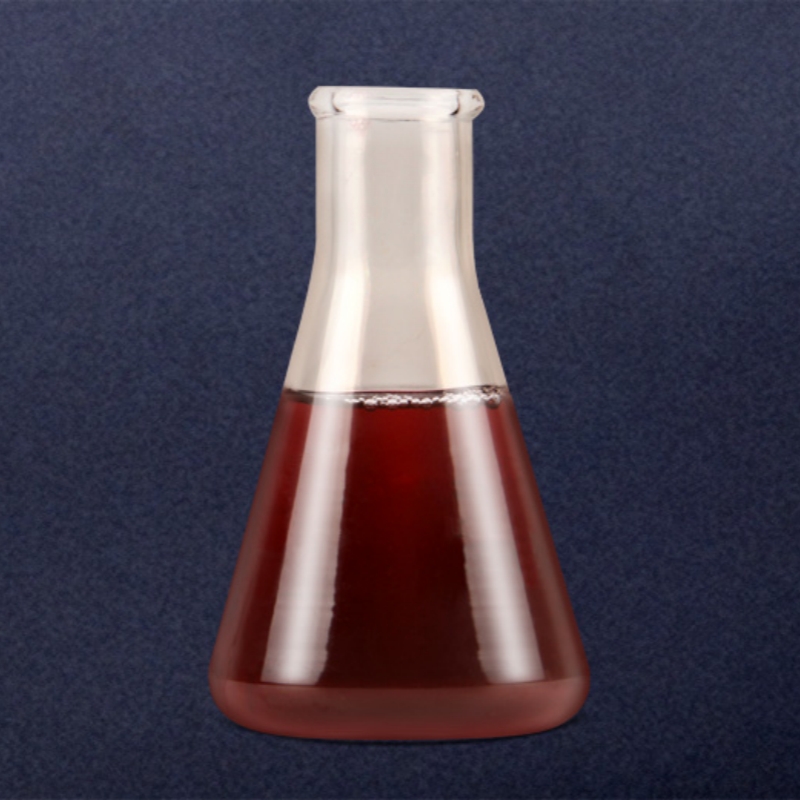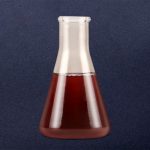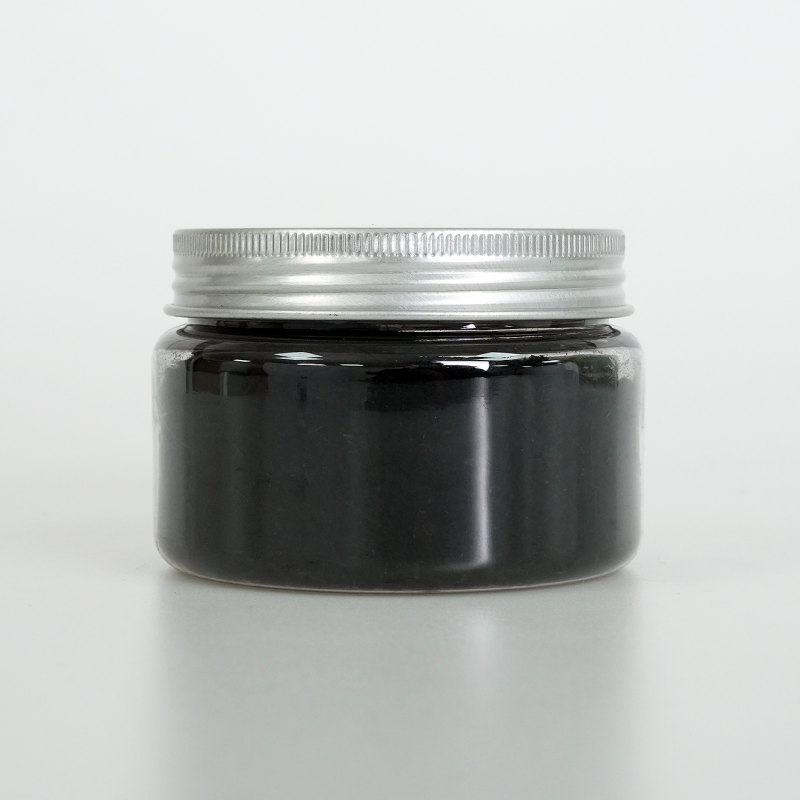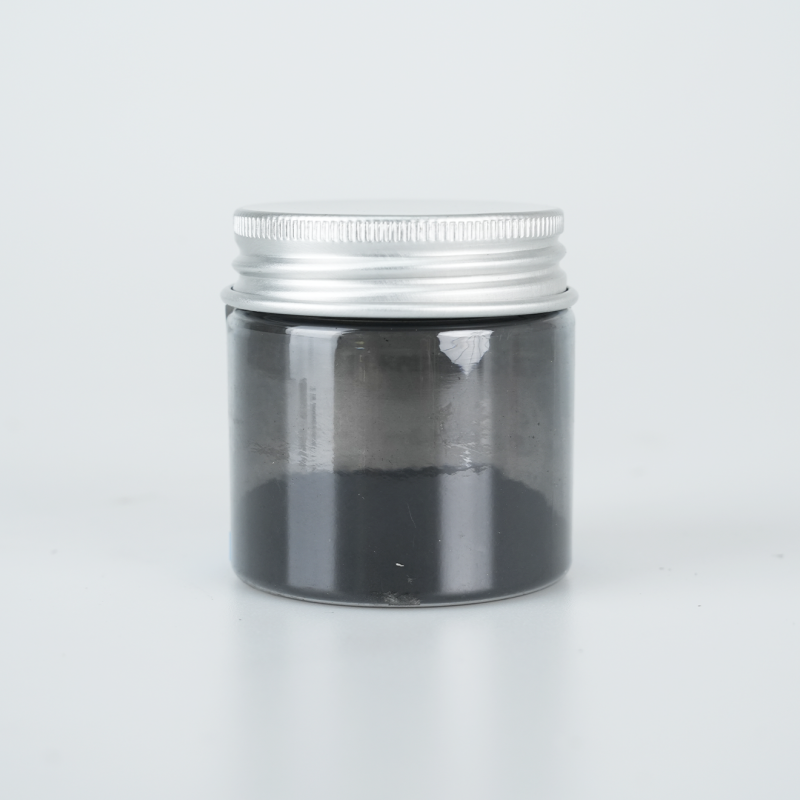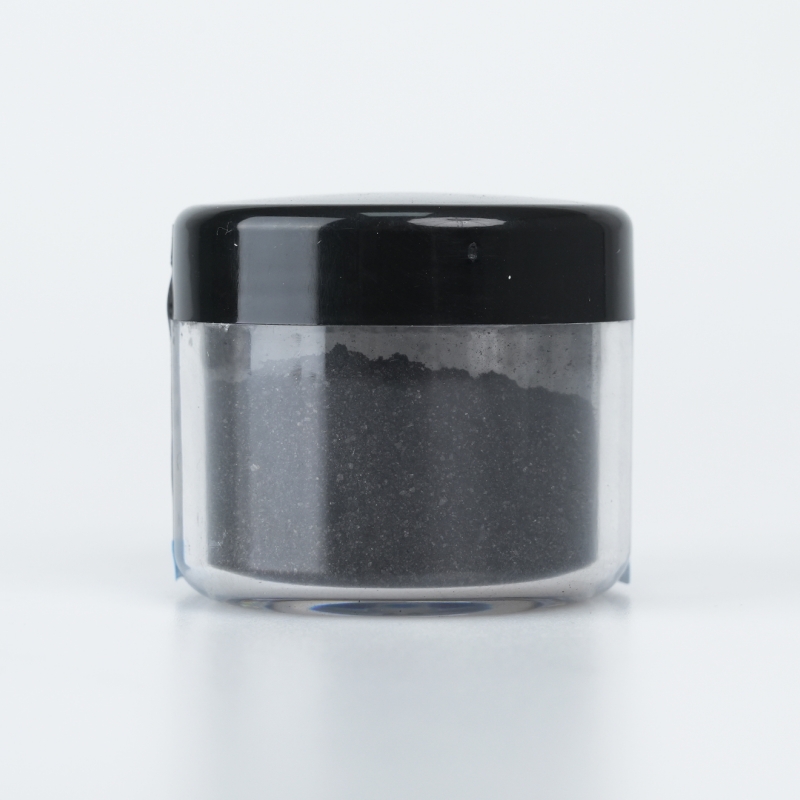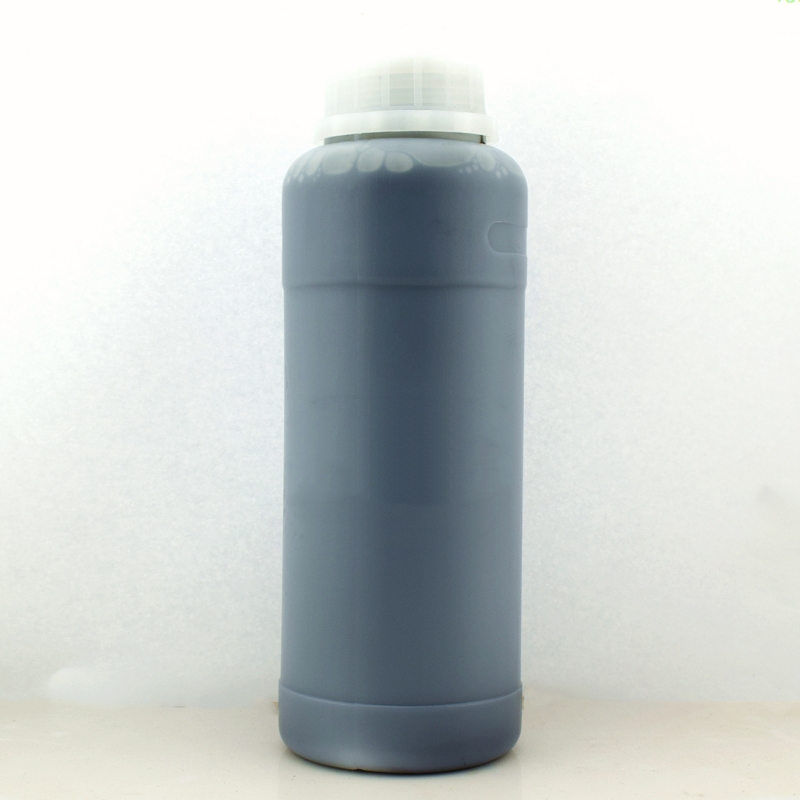Sodium citrate modified gold nanorods provide optimized stability, superior plasmonic properties, and enhanced surface reactivity. Designed for advanced applications, they ensure efficient dispersion, extended durability, and high-performance adaptability.
Product Overview
Gold nanorods (AuNRs) are a unique class of nanomaterials with distinctive optical properties, ranging in size from a few nanometers to hundreds of nanometers. Sodium citrate-modified gold nanorods are stabilized by treating their surface with sodium citrate, which enhances their stability and functionality, especially for biomedical applications. Sodium citrate not only aids in the formation of the nanorods but also significantly improves their stability and biocompatibility in aqueous environments.
Features
- Surface Plasmon Resonance (SPR): Gold nanorods exhibit prominent surface plasmon resonance characteristics, providing special optical absorption and scattering properties in the visible to near-infrared range.
- Tunable Optical Properties: By adjusting the size and shape of the gold nanorods, particularly their aspect ratio, the SPR peak can be tuned, which in turn adjusts the absorption and scattering characteristics of light.
- Sodium Citrate Modification: Sodium citrate acts both as a reducing agent and stabilizing agent, facilitating controlled growth of the gold nanorods while providing surface modification to enhance their stability in aqueous media.
- Biocompatibility: The sodium citrate modification significantly improves the biocompatibility of the gold nanorods, making them suitable for various biomedical applications such as photothermal therapy, drug delivery, and bioimaging.
- Ease of Functionalization: The surface of gold nanorods can be functionalized via covalent or non-covalent bonding with specific biomolecules (e.g., antibodies, proteins, or nucleic acids), enabling targeted therapy and specific detection.
- Photothermal Conversion Efficiency: Gold nanorods are efficient at converting light energy into heat under near-infrared light exposure, making them valuable for photothermal therapy applications.
- Catalytic Activity: The surface of gold nanorods possesses catalytic activity, allowing them to serve as catalysts or catalyst supports in various chemical reactions.
Applications
- Biosensing: The surface plasmon resonance properties of gold nanorods make them highly suitable for biosensors, enabling detection of trace amounts of molecules.
- Biological Imaging: Gold nanorods' strong scattering in the near-infrared region makes them ideal contrast agents for biological imaging, particularly for light scattering imaging.
- In Vivo Therapy: Gold nanorods show potential for photothermal therapy, utilizing near-infrared light absorption to generate heat that can destroy cancer cells or treat other diseases.
- Catalysis: Gold nanorods can act as catalysts or catalyst supports, enhancing reaction efficiency, especially under light exposure.
- Sensors: The surface-enhanced Raman scattering (SERS) effect of gold nanorods makes them ideal for sensor applications, particularly for detecting biomolecules and ions.
| CAS Number | Packaging | Parameters |
| 7440-57-5 | 10 mL | Concentration: 0.1 mg/mL, Solvent: Water, Absorption Peak ~800nm |
 new material
new material

